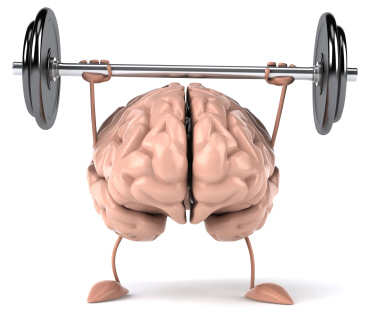
How can we get our brains to release that much-needed pleasure response again?
We’ve looked at how easy it is to lose a good feeling. A simple change in sensation can derail pleasure. (If you’re just joining us, you can read part one of this series by clicking here). We’ve also discovered that our own perceptions and beliefs can contribute to pleasure loss (to review this concept, click here).
Now we’ve come to the good part! The reason you’ve come back, the reason you’re taking precious moments from your busy life to read this little blog:
How to get the feeling back!

It really is important to have pleasure.
Lack of pleasure–and effort to find pleasure again–can produce all sorts of behaviors that can make the situation worse than when we started. For example, consider how many marriages fail when a partner looks elsewhere for pleasure. Or consider the astounding statistics of increasing drug and alcohol abuse, of crime, of consumerism and waste. . . of so many poor souls seeking an immediate sense of pleasure in ways that backfire.
The idea that we need to make a new connection isn’t wrong. Making a new connection is essential. But the connections we need to make are in our brains; in our neurons, in our thoughts and beliefs. When changes in sensation (like those sprinkler heads) result in a misfire in the pleasure response, our brains need new associations to restore pleasure. It’s neuroscience, but it’s not that complicated:
One neuron reaches out to shake hands with another.
“Pleased to meet you!”
“Likewise, charmed. Let’s meet here again.”
Most of us have heard of Pavlov’s dogs. Ivan Pavlov, a Russian physiologist around the turn of the 20th century, used dogs in his studies of the digestive system. He paired a stimulus (like ringing a bell) with food presentation. Before long, he noted the dogs began to salivate at the mere ringing of the bell, even without the aroma or visual presentation food. The ability to create purposeful connections between the digestive system and the brain became known as “classical conditioning.”
It’s old science now, but still true.
Since then, scientists have discovered much more about brains. We now know that our brains constantly learn–including how to learn better. We also know that natural chemicals in our brains can make us feel excited, good or pleasantly satisfied. Perhaps most relevant to our task of restoring pleasure, scientists who study the brain found that
“Neurons that fire together, wire together.” This is a catchy way of saying that pairing one sensation or movement with another, repeatedly, enhances their function. Eventually, activating one automatically
activates the other.
When someone asks you, “What is 1+1?”
You don’t need to think about it. You automatically associate: 1+1=2
Just as we learned this simple association early in life, we can re-condition our brain to respond to new stimuli with a pleasurable response!
Crazy, huh!?!
But true.
Try it! Pick something that always makes you feel good. Maybe it’s an Adam Sandler movie. Maybe it’s a sensual time with your partner. Maybe it’s a big slice of Death by Chocolate cake. Now, add a new sensation or movement while you enjoy this activity every time you do it for the next month or two. For example, bring a certain pillow to place on your lap every time you watch a funny movie. Touch your cheek during times of intimacy. Or, if you’re the chocolate lover, play or hum the same piece of music with each bite.

Before long, you’ll find that when you experience the sensation you’ve added to your pleasurable activity, your brain will start sending out that pleasure response! Just picking up that pillow makes you smile. Stroking your cheek in that spot will. . . (um, you know). . . . Your song on the radio will give you the feeling you’ve just had a scrumptious slice of chocolate cake!
So, as it turns out, neuroscientists are our friends! They research methods to enhance new brain cell connections (neuroplasticity). They’ve found that both physical and brain exercises boost neuronal growth.
For this week, along with practicing the pairing we just discussed, add some physical exercise to your daily routine. It needn’t be much; just an extra walk around the block, some light resistance work, or a few extra times up and down the stairs. Do this while you’re thinking pleasurable thoughts, and your brain will have more reason to fire up those neuronal connections.

In the next installment, we’ll learn more brain exercises we can do to improve our pleasure responses–even if they’re impaired by our own erroneous beliefs. For now, though, you have plenty of things to try. Please join me in a discussion by commenting below.
- How will you be pairing sensations to restore pleasure?
- What exercises will you add to your daily routine this week?
- Have you found new connections that restored your pleasure, now or in the past?
-Joan
“You will show me the path of life; in Your presence is fullness of joy, at Your right hand there are pleasures forevermore.” Psalm 16:11, AMPC

Pingback: Elusive Pleasures: Aging with Erroneous Beliefs | Joan T. Warren
Pingback: Elusive Pleasures: 10 Ways to Feel Better! | Joan T. Warren